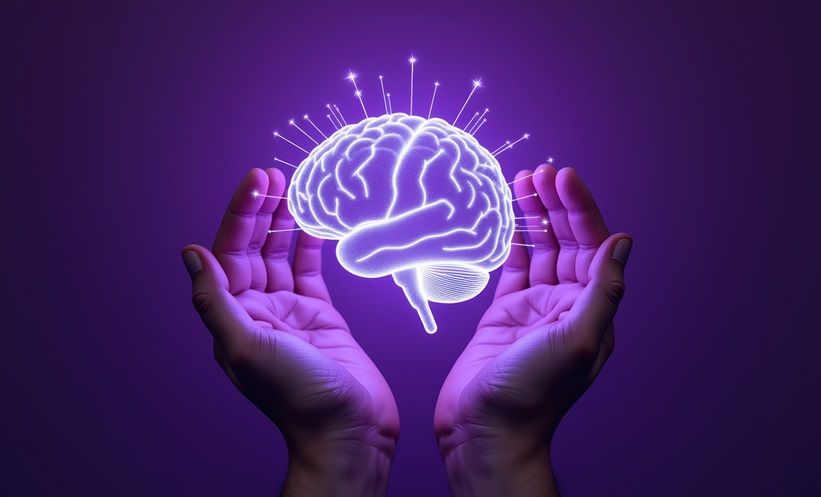PARALYSIS may no longer be a permanent state for approximately 17,000 new spinal cord injury patients, following the successful experimental treatment of a 21-year-old man using the first stem cell-derived progenitors.
Following severe cervical spinal injury in March of this year, Kristopher Boeson, Bakersfield, California, USA, lost all movement and sensation below the neck, including his ability to breath unassisted. Utilising all therapies currently available, doctors were able to stabilise Kris’s spine to minimise the possibility of further damage but were unable to restore any function. Determined not to be defeated in his recovery, Kris enrolled in an ongoing clinical trial testing the possibility of stem cell therapy for paralysis.
Within the SCiStar trial, oligodendrocyte progenitor cells derived from human embryonic stem cells (AST-OPC1) are administered as a single-dose injection in patients 14–30 days post-sensorimotor cervical spinal injury. Currently, three separate doses are being trialled in adults 18–65 years of age, however criteria state that breathing must not be mechanically assisted in order to participate. The average patient is able to regain full control of their breathing following an intensive 3-week regime after injury, however Kris was able to achieve this in just 5 days with the help of a dedicated team of clinicians. Results already collected by the company’s first clinical trial showed restoration of protective myelin sheaths insulating nerve cells, angiogenesis, and the stimulation of nerve cell growth following an increased production of both survival and growth factors.
Following an injection of 10 million AST-OPC1 cells, Kris regained minor movement of both arms and hands within 2 weeks. Ninety days post-therapy, an improvement in the motor function of two spinal cord levels was observed, meaning that Kris was now able to perform tasks taken for granted by so many, including brushing his teeth, feeding himself, and hugging his family. Prof Charles Liu, Director of the Neurorestoration Center, University of Southern California, California, USA, explained: “With this study, we are testing a procedure that may improve neurological function, which could mean the difference between being permanently paralysed and being able to use one’s arms and hands. Restoring that level of function could significantly improve the daily lives of patients with severe spinal injuries.”
(Image: freeimages.com)







